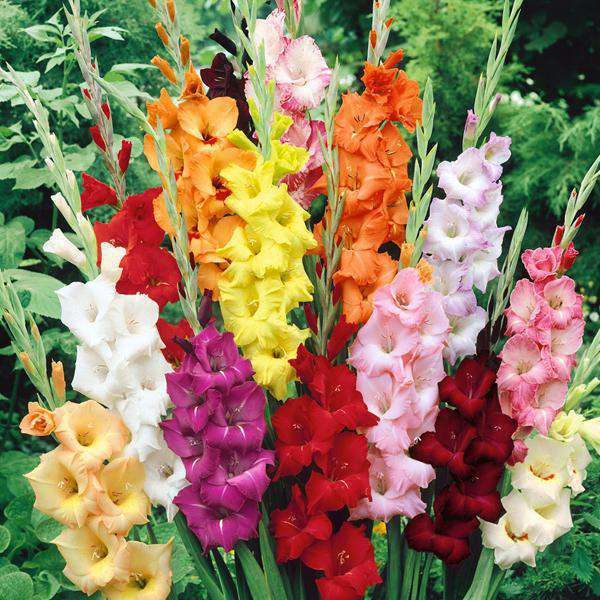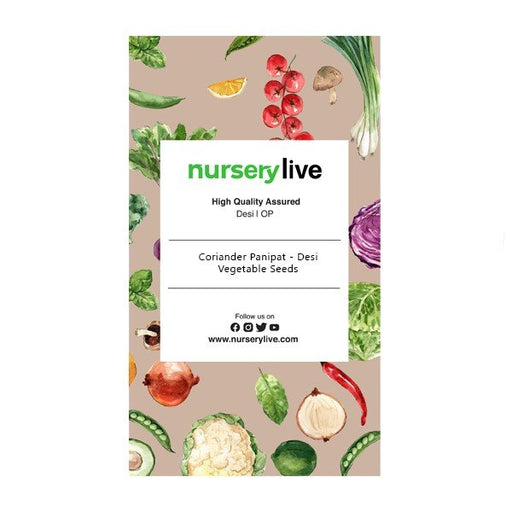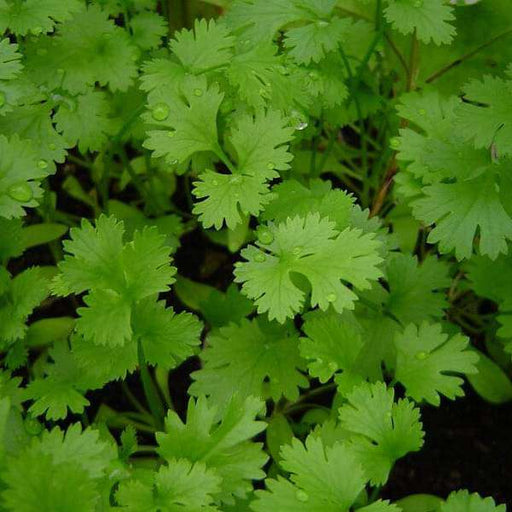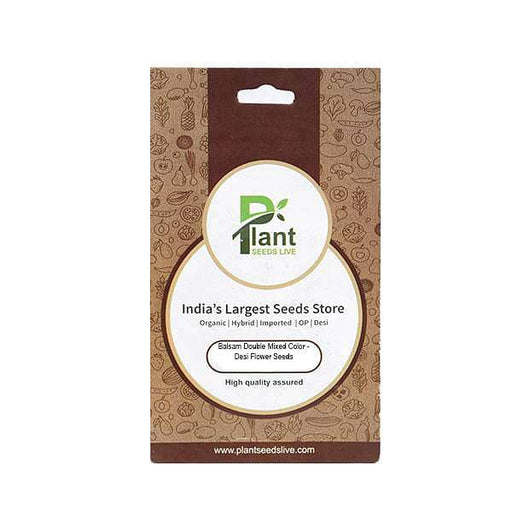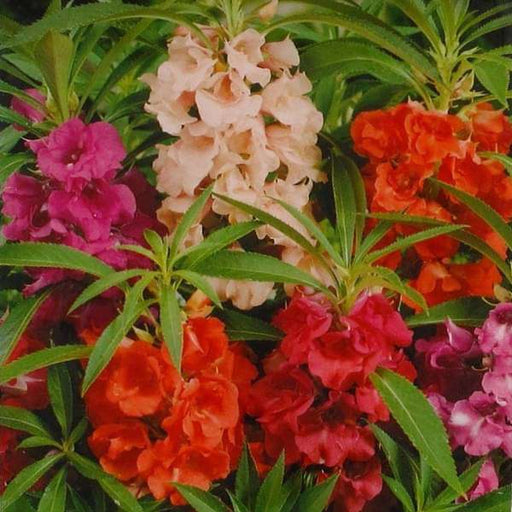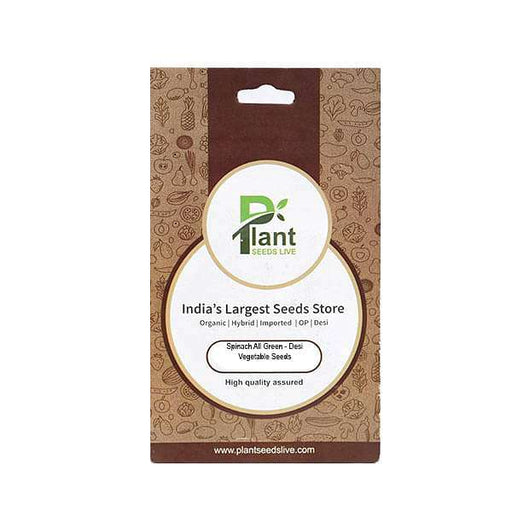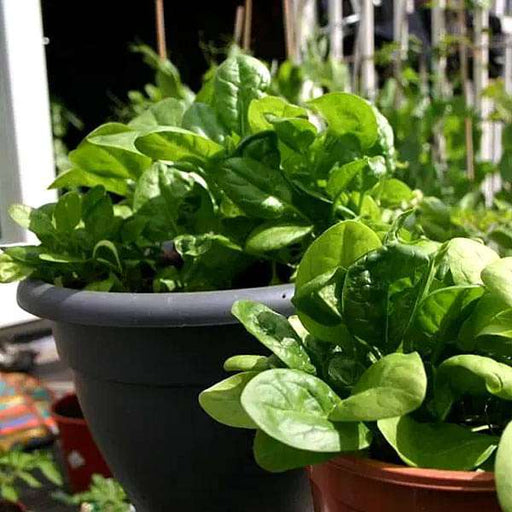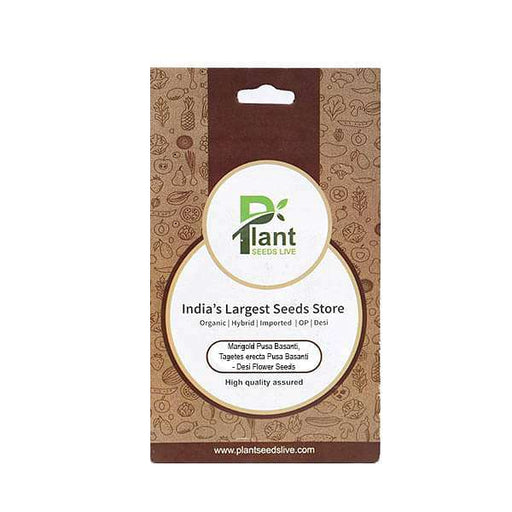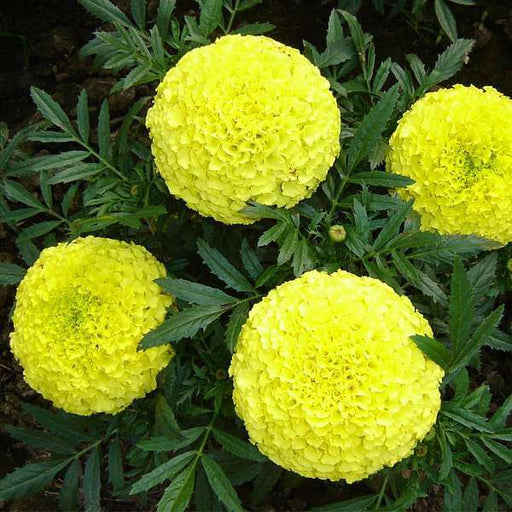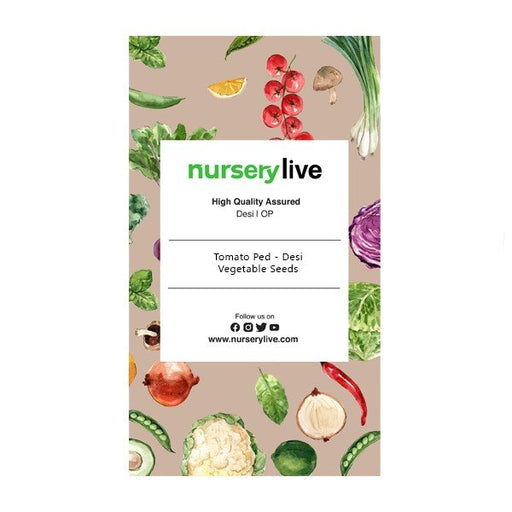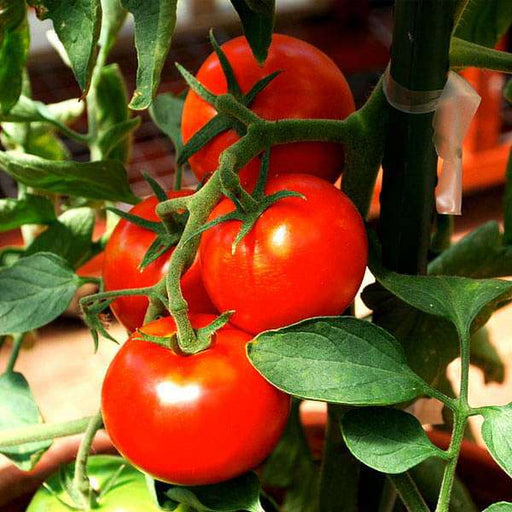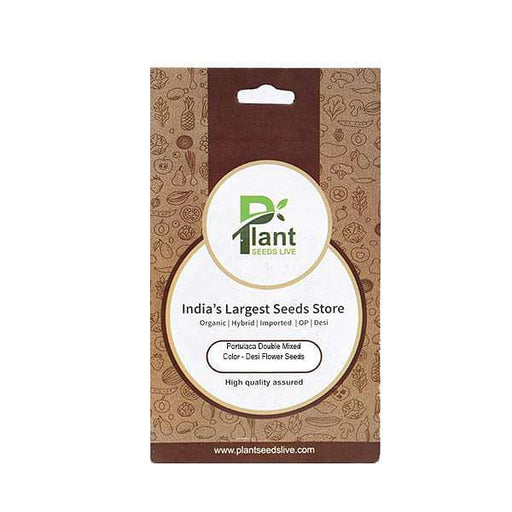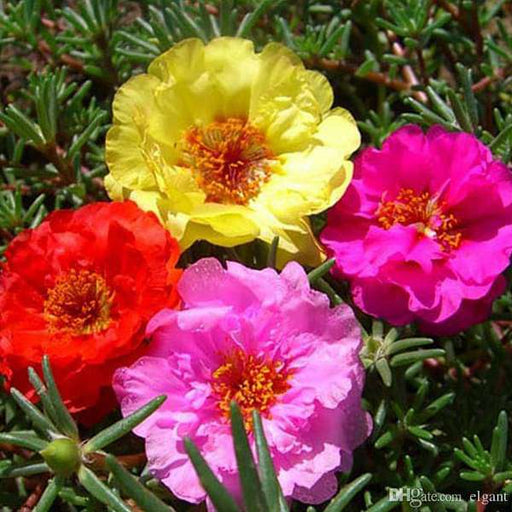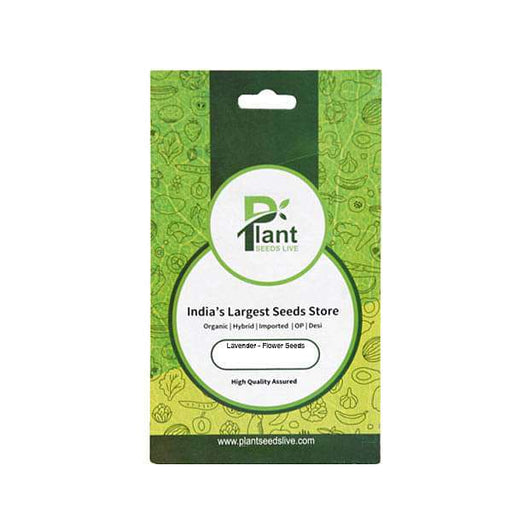Year-round blooms
Get ready to immerse yourself in a mesmerizing garden by planting flower bulbs that bloom in every season. From vibrant tulips to elegant daffodils, your garden will never cease to impress.
Spring-blooming bulbs
Spring is synonymous with stunning blooms! Plant bulbs like crocuses, hyacinths, and tulips to dazzle your garden with a burst of color as the frost melts away.
Summer-flowering bulbs
Keep the vibrant vibes alive by sowing summer bloomers like gladioli, lilies, and dahlias. Bask in the sunshine while you admire these beauties strutting their stuff.
Autumn blossoms
As the days grow shorter, let your garden light up with the fiery hues of fall. Plant autumn bloomers like nerines and colchicums for a spectacular finale to the growing season.
Winter wonders
Who says winter can't be colorful? Add some magic to your frosty garden with winter aconites, snowdrops, and witch hazel. They'll keep your garden's spirits up even as the temperatures drop.
Bulb layering techniques
Master the art of layering bulbs to create a continuous, dazzling display. By planting bulbs with different bloom times in the same spot, you can enjoy a blooming garden all year long.
Naturalizing bulbs
Embrace nature's wild side! Learn how to naturalize bulbs like daffodils, crocuses, and snowdrops, and create a self-sustaining, ever-blooming paradise in your backyard.
Container gardening
No garden? No problem! Discover how to grow flower bulbs in containers for a stunning, space-saving display on your balcony or patio.
Bulb care essentials
Keep your bulbs in tip-top shape with proper care. Learn about fertilizing, watering, and protecting your bulbs from pests and diseases to ensure a long, healthy life for your plants.
Forcing bulbs indoors
Don't let winter blues get you down. Bring springtime indoors by forcing bulbs like amaryllis, paperwhites, and hyacinths to bloom early in your cozy abode.
Sustainable gardening
Go green by planting eco-friendly bulbs like native species and heirloom varieties. They'll not only look fabulous, but also support local wildlife and conserve resources.
Deer-resistant bulbs
Oh deer! Protect your precious blooms by planting bulbs that are less appetizing to those pesky garden invaders. Alliums and daffodils are excellent choices.
Fragrant flower bulbs
Delight your senses with the intoxicating scents of fragrant flower bulbs like lilies, hyacinths, and freesias. Your garden will smell as lovely as it looks!
Cut flower garden
Grow your own bouquets! Plant bulbs like tulips, daffodils, and irises for a fresh, home-grown supply of cut flowers to brighten your space and your spirits.
Companion planting
Enhance your bulb garden's allure by pairing bulbs with complementary plants. Mixing bulbs with perennials, annuals, and shrubs can create a captivating, multi-layered display.
Rare and unusual bulbs
Stand out from the crowd with rare and unique flower bulbs like fritillaria, erythronium, and trillium. These lesser-known gems will make your garden the talk of the town.
Edible flower bulbs
Feast your eyes (and your taste buds) on edible flower bulbs like daylilies, chives, and garlic. They'll add a touch of beauty and flavor to your garden and your plate!
Bulb gardening for beginners (cont.)
Fear not, green-thumb-in-training! Discover the basics of bulb gardening, from choosing the right bulbs to planting and care. With a bit of guidance, you'll soon be a blossoming bulb enthusiast.
Bulb planting tools
Arm yourself with the right tools to make bulb planting a breeze. From bulb planters to trowels and gloves, we'll help you gear up for a successful, backache-free planting season.
Top online bulb retailers
Get your hands on the best bulbs without leaving your home! Explore the top online retailers for purchasing flower bulbs, and find the perfect varieties for your all-seasons garden.

